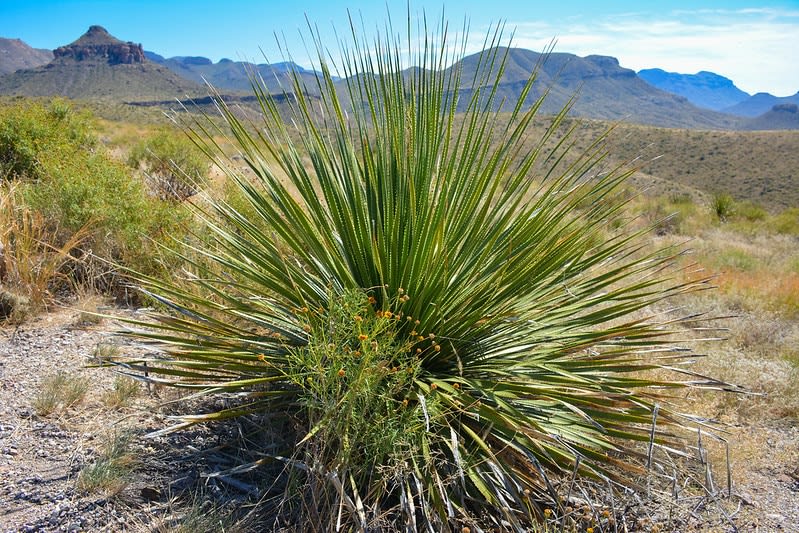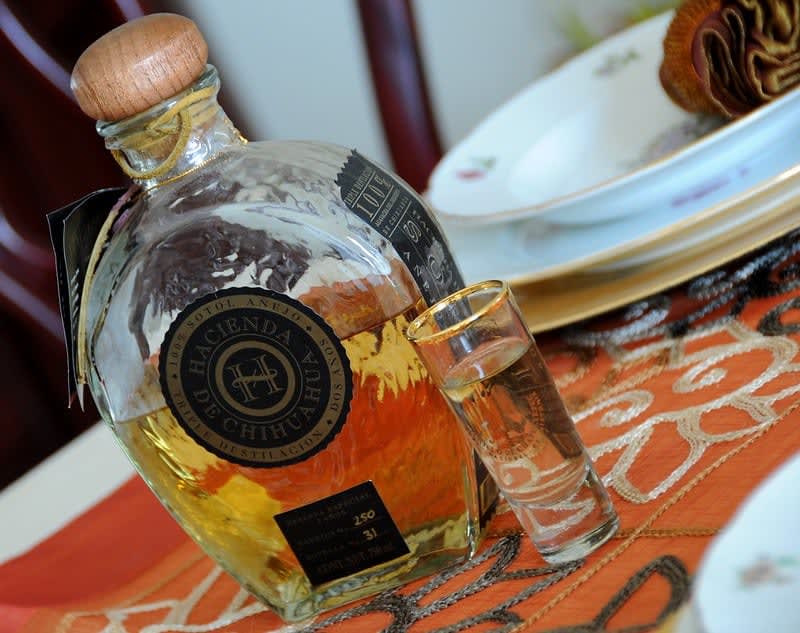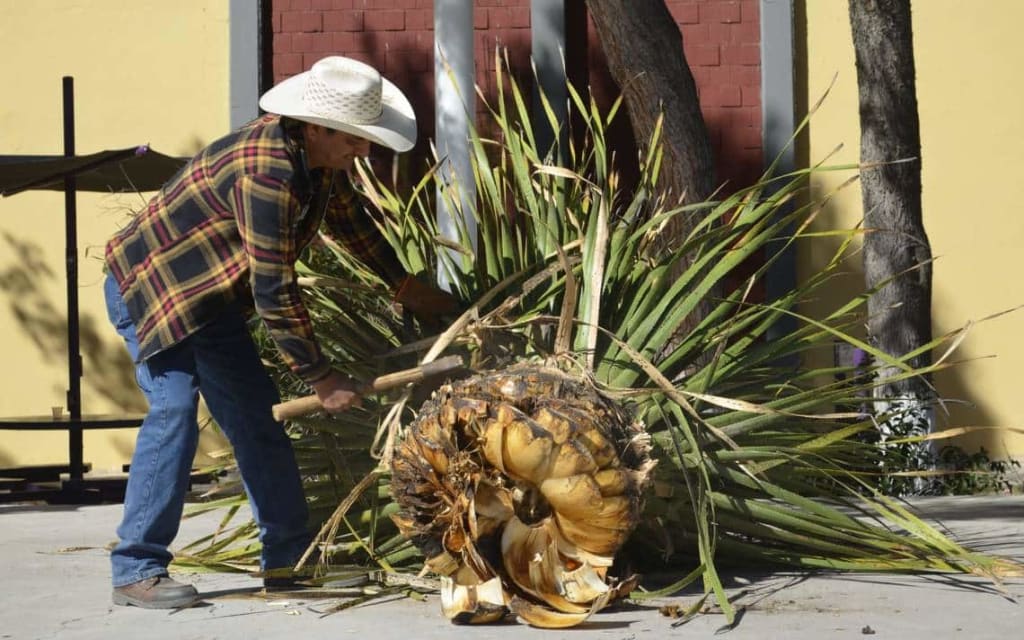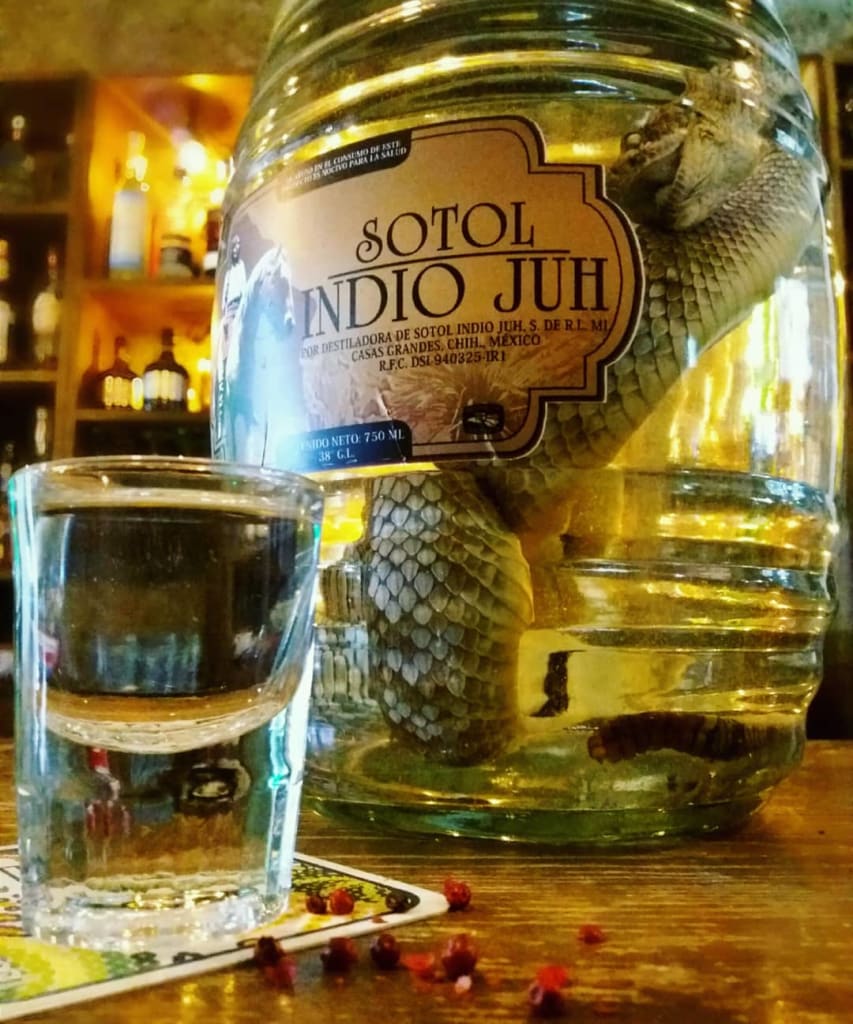
Sotol: Mexico’s Unknown Gem in the World of Spirits
Sotol: Mexico’s Unknown Gem in the World of Spirits
Sotol is one of the traditional spirits of the Mexican desert, a distillate extracted from a plant very similar to agave.
Still, they have nothing in common since it is more like a kind of palm, and its shape is slightly more rounded with thin and pointed leaves.
However, it must also go through a distillation process in which its aromas and flavors are achieved to perfection.
Mexico is a true paradise for gastronomy lovers, including alcoholic beverages, since you can find great distilled and fermented beverages that attract hundreds of tourists every year.
Mezcal, tequila, and pulque are great examples of outstanding drinks that have made it around the world.
But an exceptional one occupies an important space in Mexican culture, the Sotol.
What exactly is Sotol?

Sotol is neither mezcal nor tequila since it is an entirely independent distillate produced in the desert areas of Durango, Coahuila, and Chihuahua.
It usually has an alcohol content between 38 and 45 degrees, and it was even considered to be in danger of extinction, but fortunately for us, it did not happen.
It’s not exactly an agave
As I mentioned, although the plant used is slightly related to the agave, Sotol is extracted from a plant known as Sereque or Dasylirion Wheeleri, belonging to the Asparagaceae family and subfamily Nolinaceae.
This plant only grows in desert areas; like mezcal or tequila, only the head (pineapple) is used to make the beverage.
Denomination of origin

Because Sotol is a regulated distillate sold to the public, its production is protected.
In 2002, it obtained the denomination of origin and the regulation of its production only in Mexican territory in the northern states.
What was Sotol used for?
The first records of the production and use of sotol date back to the Tarahumara and Anazasi ethnic groups.
They used it for religious purposes in their rituals because it was considered a mystical drink, and at the same time, the plant was used for gastronomic purposes.
There is evidence of the use of Sotol among the inhabitants of Paquimé, in the north of the state of Chihuahua and southwest of the United States, where the ovens used for the elaboration of this beverage were found.
How is Sotol produced?

Like mezcal or tequila, the production of Sotol goes through a very similar distillation process.
However, slight changes are adapted according to the plant’s origin to provide the aromas and flavors that make it unique and different from other liquors.
Plantation
The sotol plant is not one of the easiest to grow since it is considered a very particular species that only manages to develop in places where other crops cannot survive.
Being a desert plant, it takes several years to reach its optimum state to be harvested, so it can take up to 15 years before the plant reaches its maturity point.
When to harvest?
The sotol plant can only be harvested between October and March when the “mead” is ready for the distillation process, making it even more special.
To date, research continues to extend the harvesting and production time to be viable for production all year round.
Types of sotol

Just like the great beverages we know worldwide, Sotol also has some classifications that determine the aging time and flavor profile, among which the following stand out:
- Silver: the beverage is bottled just after finishing its filtration; it is considered the purest sotol and achieves a higher alcoholic grade
- Reposado: it is stored for at least 6 months in French oak barrels
- Añejo: it spent at least 2 years in barrels, so it acquires a much more complex color, flavor, and aromas, compared to the previous ones, which are fresher
- Platinum: the great difference lies in the fact that this product is distilled 3 times and has not been rested in barrels
- Crema de sotol: unlike all the previous processes, other products, such as milk, are added at the end of the distillation process
Is Sotol medicinal?
Being a drink of ancestral use, medicinal properties are attributed to it.
For many years, it has been used as a natural remedy for treating various ailments, such as glucose control and a powerful digestive.
How do you drink sotol?
To fully appreciate its aromas, flavors, and color, it is recommended to drink it in a shot glass, which can be the classic “Caballito” we use for tequila or one very similar in size but slightly wider.
It should also be served at room temperature.
Summary

In a matter of hours, the temperature in the Chihuahuan desert soars. From 10 to 40 degrees Celsius without warning.
With the sun in its splendor, the wild Sotol specimens do their best to survive and absorb as many nutrients as possible from the soil.
The Dasylirion Wheeleri belongs to this lineage of struggle. This plant has a generous interior with herbaceous, smoky, and vanilla flavors.
The juice obtained by cooking its pineapple -and then distilled- is the raw material of a gift over eight centuries: sotol.
Archaeologists report that in Paquime, the first vessels were found with a liquid that they identified as this liquor.
Tarahumaras, Anasazis, and Apaches enjoyed its flavor and used it in ceremonial rituals as a spirit and even as a remedy. They added snake venom to enhance its qualities.
Sotol facts
Young or aged, Sotol has managed to survive the passage of time.
For years it was relegated as a cheap drink. Still, a little more than two decades ago, a handful of businessmen mobilized to improve its production processes, obtain the denomination of origin -which today the states of Durango, Coahuila, and Chihuahua have- and avoid the deforestation of these plants.
- At least 15 years are needed for the plants to develop to make sotol
- It must be free of herbicides, pesticides, and fertilizers
- It is common to find this distillate in the best bars in the world
- It is drunk straight and in cocktails
- Plant collectors must travel miles to find good specimens. They go for days into wild areas
I hope you enjoyed this article. If you have already tried Sotol, please share your experiences with us. Salud!